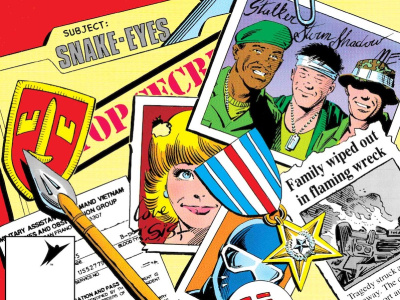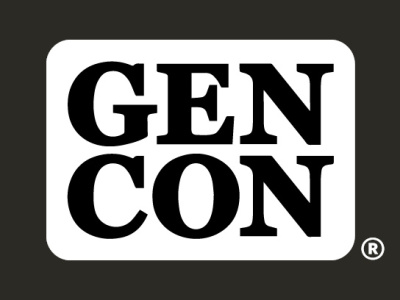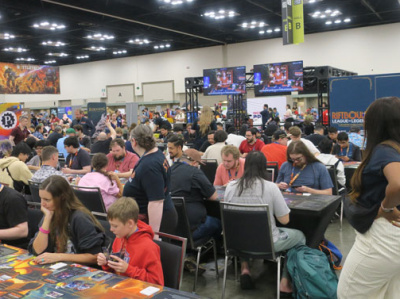The explanation for why the comic store channel is called the comics Direct Market is rooted in the origins of the distribution system that nurtured the channel.
Before the Direct Market emerged, comics were sold through a network of local ID magazine wholesalers, who in turn bought from national distributors, who bought from publishers. The "ID" stood for "independent distributor," and they acquired that monicker as they developed from the ashes following the collapse of American News Company, the single company that had distributed books and magazines to retailers across the U.S., in 1957.
At the beginning of the 1970s, both Marvel and DC comics were sold through affiliated national distribution companies (Curtis Circulation and Independent News and its successor, Warner Publisher Services) to hundreds of local ID wholesalers, each of which had an exclusive territory. Exclusive territories were enforced through a variety of means, including access to local editions of TV Guide, one of the bestselling magazines of the age, which listed programming only for local channels in each market.
In this scenario, magazine (and comic) retailers were typically newsstands, supermarkets, drugstores, and transit terminals such as train and bus stations. There was no real community around buying comics, and there were two layers between the publisher and the consumer, the national distributor and the local wholesaler. All sales were made returnable, with retailers able to return unsold copies to their local wholesaler, and the local wholesaler able to get credit for unsold copies from the national distributor. With little risk, margins were short, with retailers buying comics at 20% off retail (later 30% off).
The Direct Market cut out a layer of distribution, allowing the publisher to sell "direct" to a Direct Distributor, which in turn sold to comic stores. Direct Distributors did not have exclusive territories; instead, Direct Distributors could sell comics anywhere they could deliver them, which fostered intense competition.
Stores buying through Direct Distributors got much higher discounts, from 40% to 55% off retail, but the retailer absorbed all of the risk for unsold comics, which they had to pay for whether they sold them or not. This placed the ordering decisions closest to the ultimate customer; the retailer had the best knowledge of what to expect for sales on different titles, and had a strong incentive to order accurately, as they had to pay for unsold copies.
In the ID wholesaler system, the orders were set by the IDs, who were expected to track sales by outlet and adjust "draws," the amount of each issue shipped to the store, based on this order regulation process. As a practical matter, most draws did not vary except at the most macro level (e.g., "returns from this store are too high, cut their draws on all their comic titles"). This produced sell-throughs as low as 10-20% by the time the ID wholesaler system collapsed in the 90s.
Because there were no returns, Direct Market margins were much better for the publisher; in fact, I’ve argued that the comic Direct Market is the most profitable channel for periodicals ever. Here’s the math:
ID Wholesaler System
Note: Math adjusted as of 12:30 p.m., March 22, 2023 to reflect percentages in the 70s, thanks to Paul Levitz for the info. Publisher sells to national distributor at 55% off, and gets 60% returns. For every $100 in retail value of comics it prints and ships, it receives 40% of 45%, or $18.
Direct Distribution System
Publisher sells to Direct Distributor at 60% off and has no returns. For every $100 in retail value of comics it prints and ships, it receives 40%, or $40, more than double what it receives from the national distributor in the ID Wholesaler System.
There’s one other factor that planted the seeds of success for the Direct Market: the creation of communities of comics fans around comic stores. In the ID Wholesaler system, comics were a commodity distributed in almost random fashion through retail outlets that had no real connection to their customers; to the extend that a community of comic readers existed, it was formed outside of the store, in school or at work, or through the pages of fanzines or the letter columns of comics.
In the Direct Distribution system, because retailers had a huge incentive to accurately predict the demand from their customers, they formed strong relationships with them, providing information about current and upcoming titles and collecting orders and feedback. Comic stores became the centers of comics communities, with a two-way flow of information between retailers and customers, and between customers as well. While comic fans communicated through fanzines in increasing numbers (as Direct Distribution dramatically improved the money-making possibilities for fanzine publishers), over time the communities formed in and around stores became predominant, nurturing the hobby and building bigger sales.
We’ll be talking more about the origins of the Direct Distribution system in the coming weeks, but I wanted to lay out the basics of the system so you had some idea of the differences between the Direct Market and what came before.
Click Gallery below for full-size infographics of the two systems!
This column was published as part of ICv2’s Direct Market 50th Anniversary event. See "Comics Direct Market 50th Anniversary" for more on this topic.
We’re putting this World According to Griepp column on the public site instead of the Pro site because we want everyone to see it, but please support our Pro site with a new or ongoing subscription.
Milton Griepp is the founder and CEO of ICv2, and long-time executive in the geek culture business, including over a decade as the CEO of Capital City Distribution, Inc., at one time the largest Direct Distributor. The opinions expressed in this column are solely those of the writer.
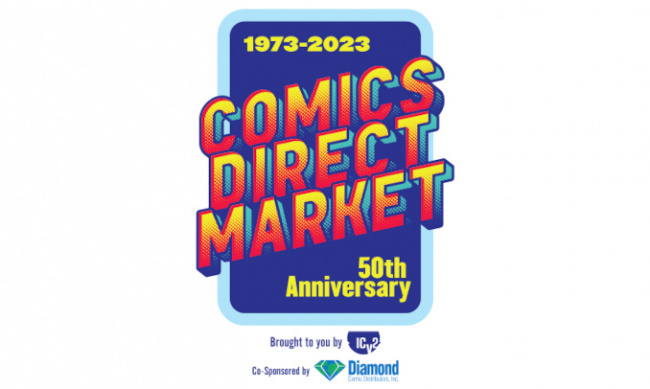
The Answer Is Rooted in History
Posted by Milton Griepp on March 22, 2023 @ 2:26 am CT
MORE COMICS
New 'Die' Story Out in November, Alongside 'Die Quickstart RPG Guide'
August 11, 2025
The Die: Loaded #1 will be released in November 2025, the same month as The Die RPG Quickstart Game Guide.
'Hama Files Editions' Will Include a Letter from the Creator
August 11, 2025
Each issue of the Hama Files Editions will include a letter from Hama with background information about the comic.
MORE COLUMNS
Column by Scott Thorne
August 11, 2025
This week, columnist Scott Thorne notes a new twist in the Diamond Comic Distributors saga and shares his thoughts on the Gen Con releases that will make the biggest impacts.
Column by Jeffrey Dohm-Sanchez
August 7, 2025
ICv2 Managing Editor Jeffrey Dohm-Sanchez lays out the hotness of Gen Con 2025.




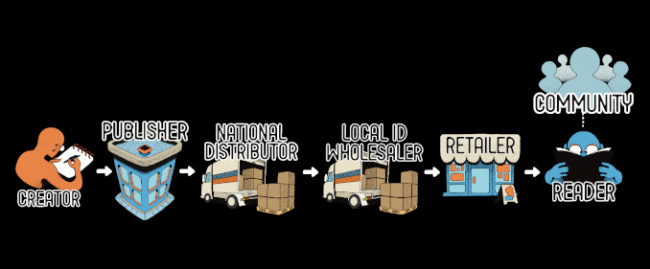
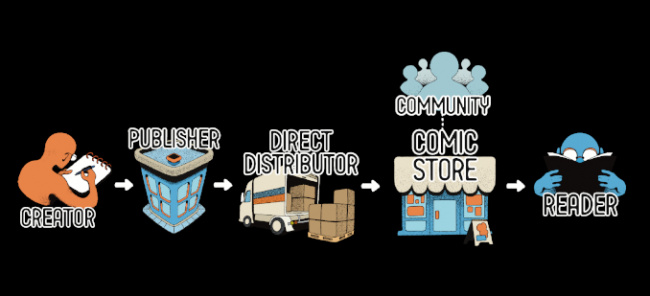
 View Gallery: 2 Images
View Gallery: 2 Images 
